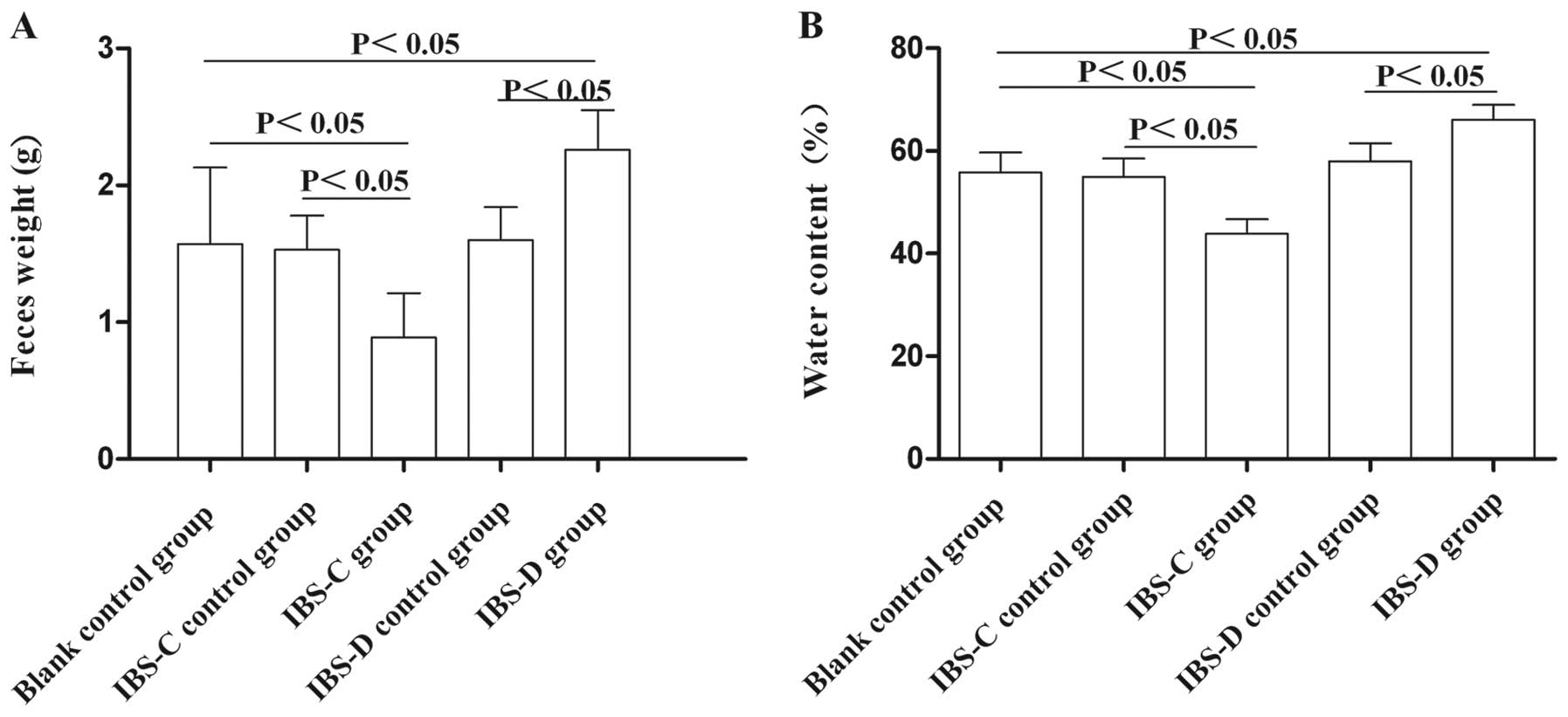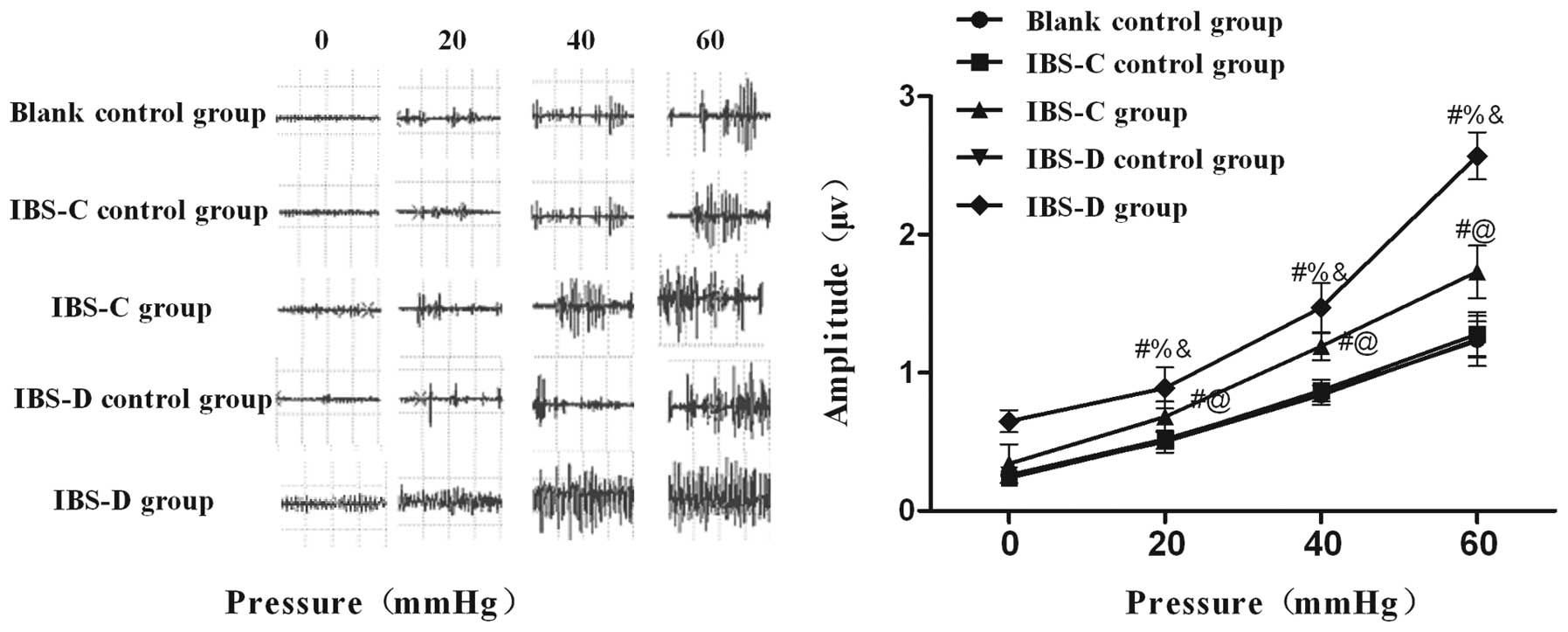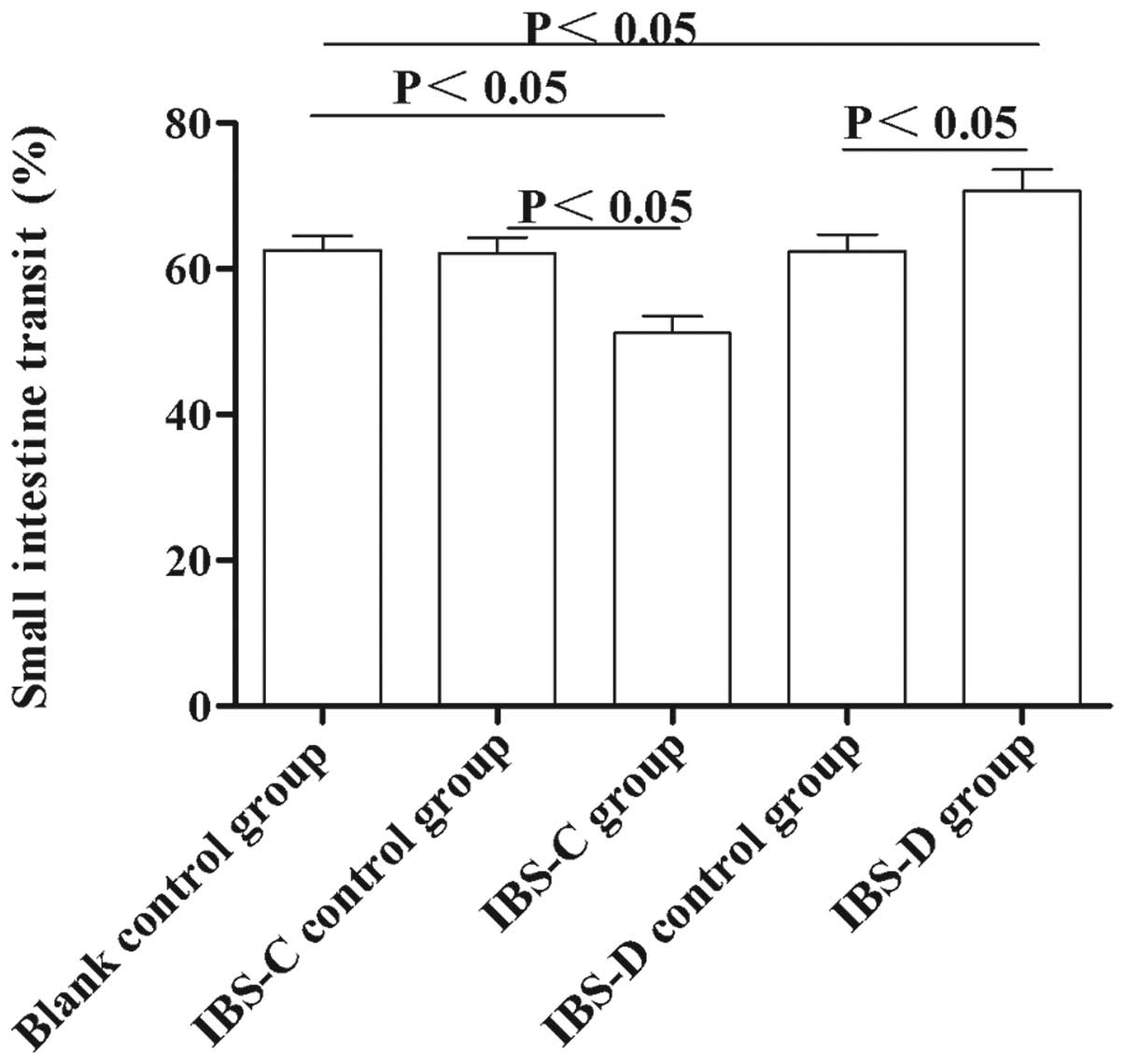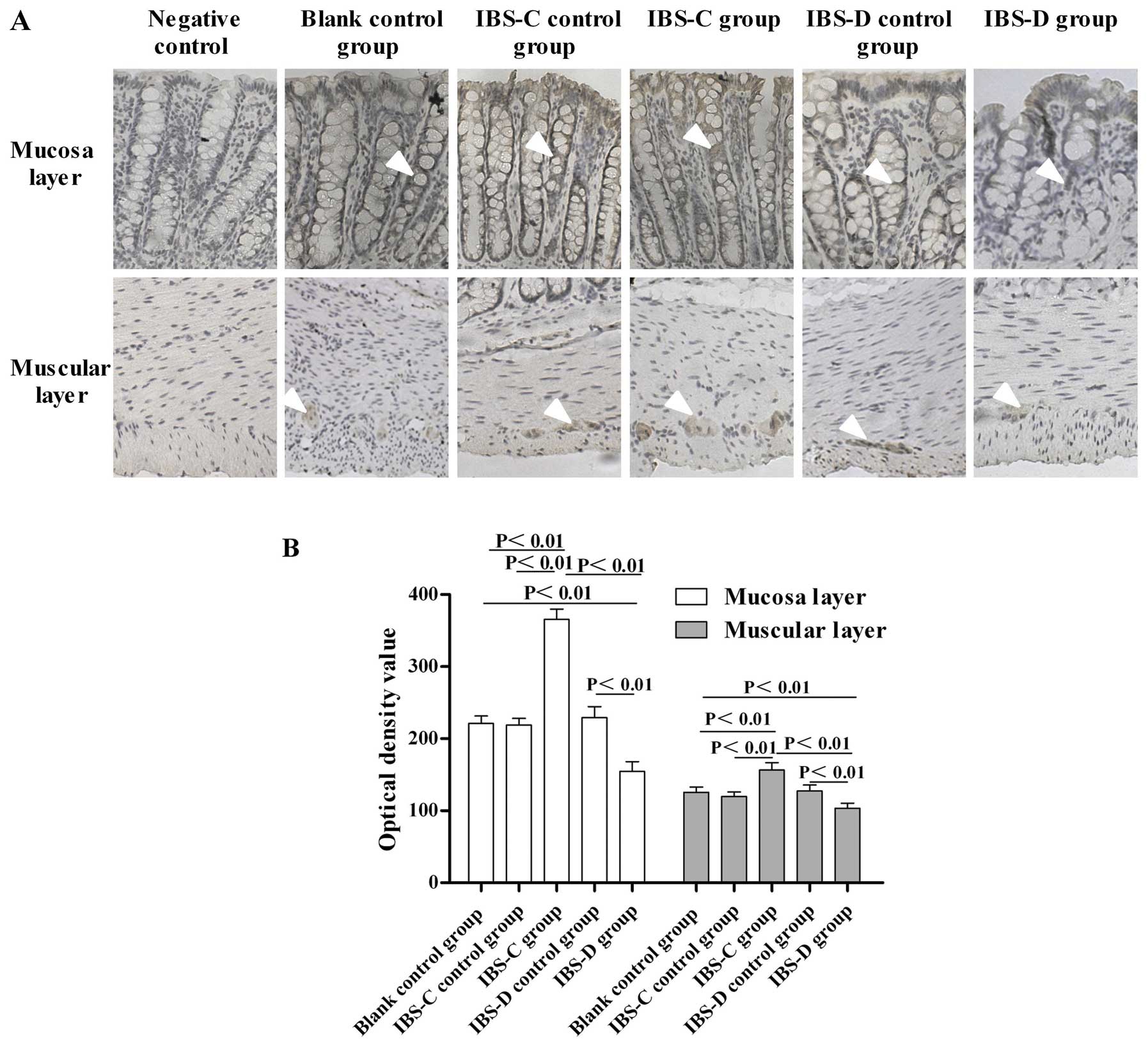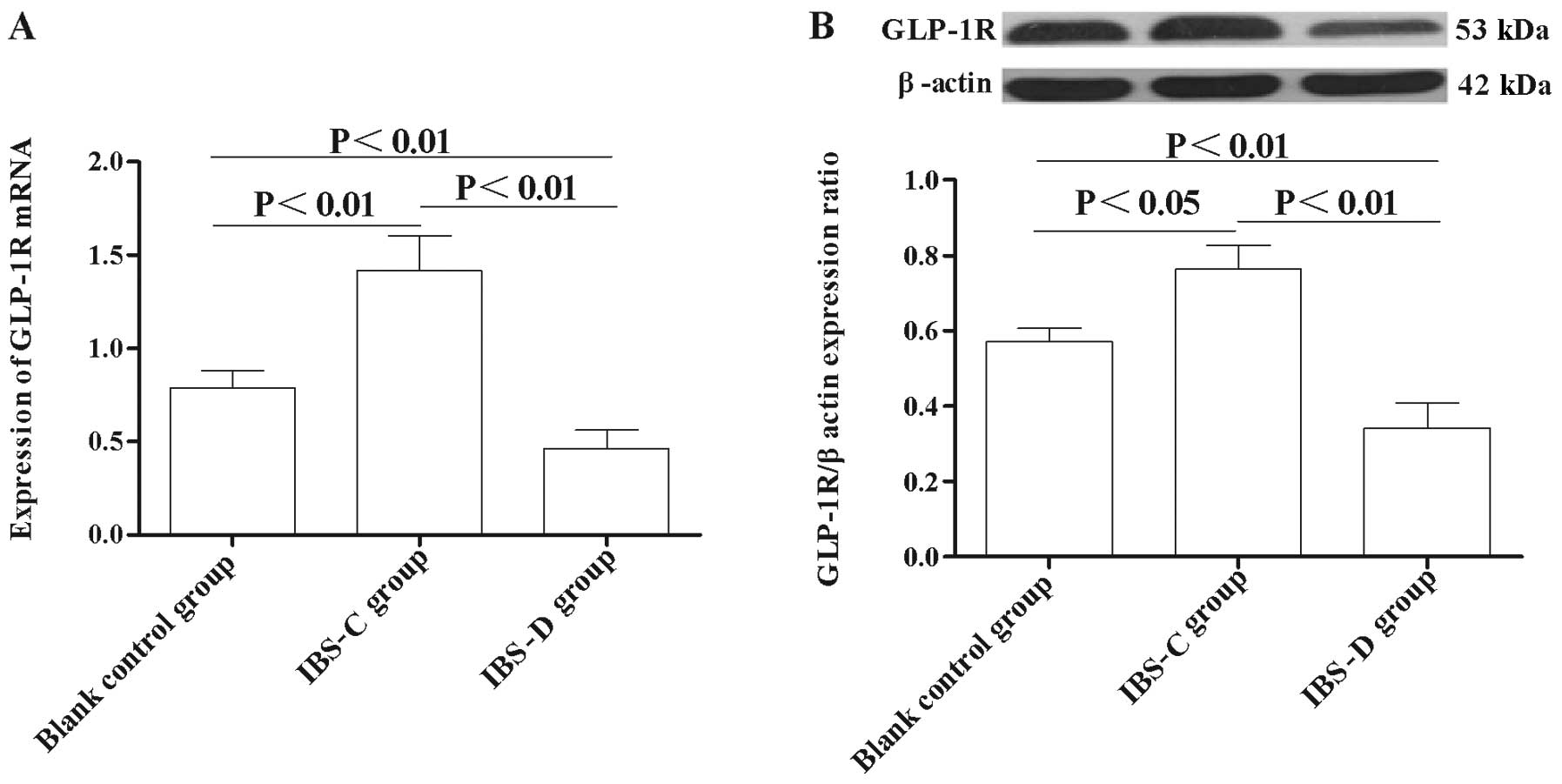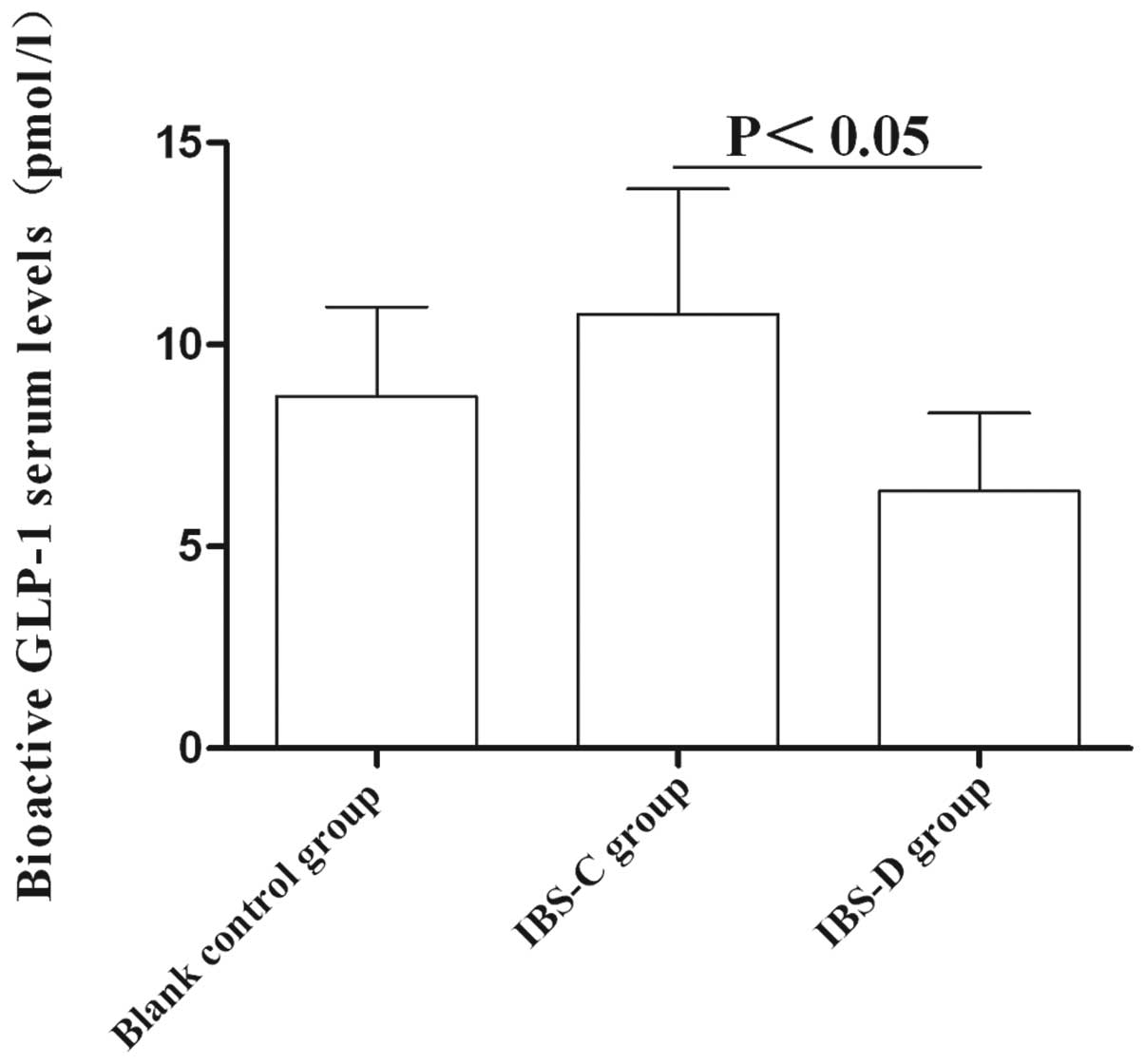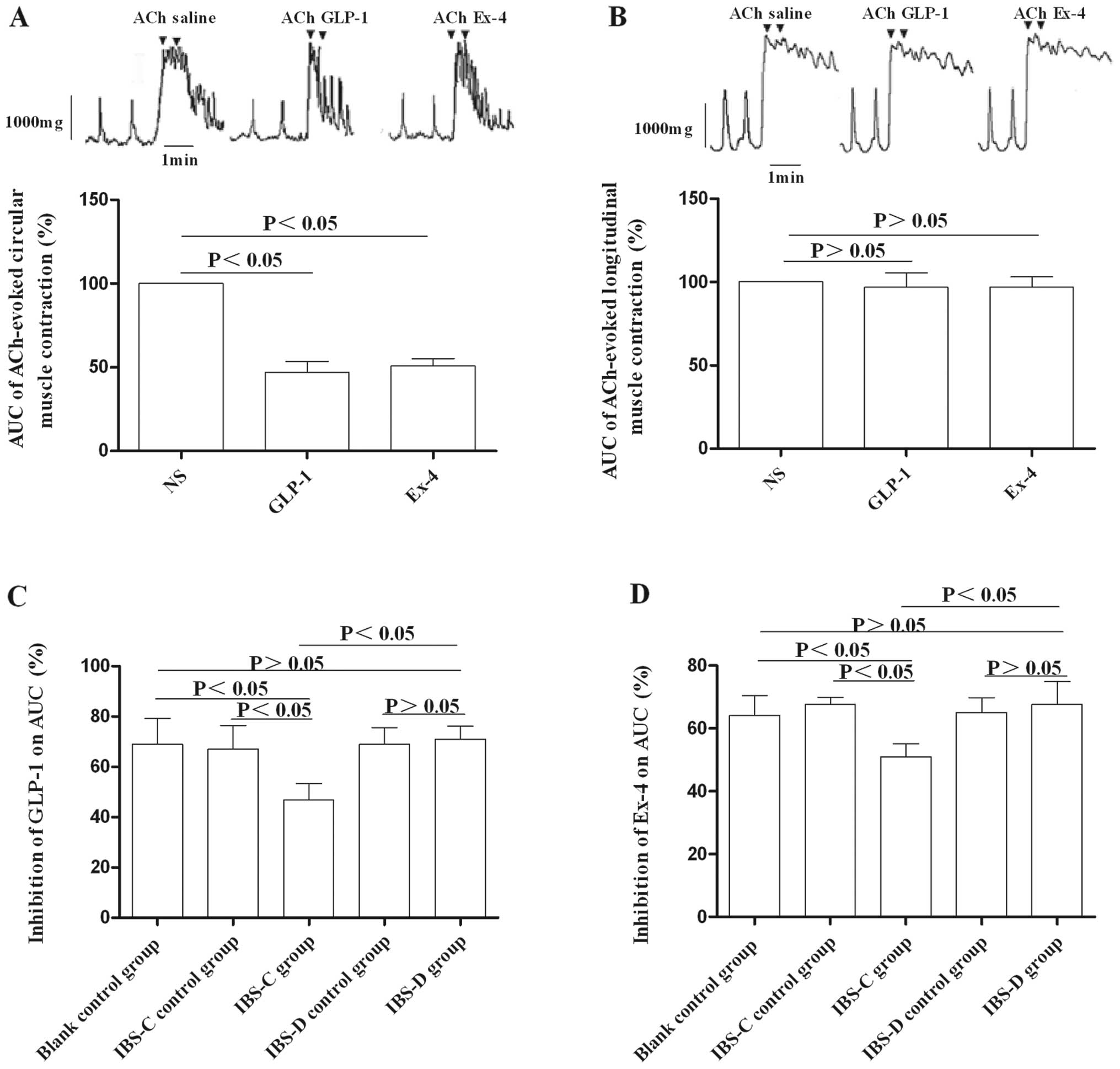|
1
|
Drossman DA: The functional
gastrointestinal disorders and the Rome III process.
Gastroenterology. 130:1377–1390. 2006. View Article : Google Scholar : PubMed/NCBI
|
|
2
|
Clarke G, Quigley EM, Cryan JF and Dinan
TG: Irritable bowel syndrome: towards biomarker identification.
Trends Mol Med. 15:478–489. 2009. View Article : Google Scholar : PubMed/NCBI
|
|
3
|
Cremonini F and Talley NJ: Irritable bowel
syndrome: epidemiology, natural history, health care seeking and
emerging risk factors. Gastroenterol Clin North Am. 34:189–204.
2005. View Article : Google Scholar : PubMed/NCBI
|
|
4
|
Spiller RC and Thompson WG: Bowel
disorders. Am J Gastroenterol. 105:775–785. 2010. View Article : Google Scholar : PubMed/NCBI
|
|
5
|
Longstreth GF, Thompson WG, Chey WD,
Houghton LA, Mearin F and Spiller RC: Functional bowel disorders.
Gastroenterology. 130:1480–1491. 2006. View Article : Google Scholar : PubMed/NCBI
|
|
6
|
Camilleri M, McKinzie S, Busciglio I, et
al: Prospective study of motor, sensory, psychologic, and autonomic
functions in patients with irritable bowel syndrome. Clin
Gastroenterol Hepatol. 6:772–781. 2008. View Article : Google Scholar : PubMed/NCBI
|
|
7
|
Hellstrom PM, Hein J, Bytzer P, Bjornsson
E, Kristensen J and Schamby H: Clinical trial: the glucagon-like
peptide-1 receptor agonist ROSE-010 for management of acute pain in
patients with irritable bowel syndrome: a randomized,
placebo-controlled, double-blind study. Aliment Pharmacol Ther.
29:198–206. 2009. View Article : Google Scholar : PubMed/NCBI
|
|
8
|
Elliott RM, Morgan LM, Tredger JA, Deacon
S, Wright J and Marks V: Glucagon-like peptide-1 (7–36)amide and
glucose-dependent insulinotropic polypeptide secretion in response
to nutrient ingestion in man: acute post-prandial and 24-h
secretion patterns. J Endocrinol. 138:159–166. 1993.
|
|
9
|
Hellstrom PM, Naslund E, Edholm T, et al:
GLP-1 suppresses gastrointestinal motility and inhibits the
migrating motor complex in healthy subjects and patients with
irritable bowel syndrome. Neurogastroenterol Motil. 20:649–659.
2008. View Article : Google Scholar : PubMed/NCBI
|
|
10
|
McDonagh SC, Lee J, Izzo A and Brubaker
PL: Role of glial cell-line derived neurotropic factor family
receptor alpha2 in the actions of the glucagon-like peptides on the
murine intestine. Am J Physiol Gastrointest Liver Physiol.
293:G461–G468. 2007. View Article : Google Scholar : PubMed/NCBI
|
|
11
|
Miki T, Minami K, Shinozaki H, et al:
Distinct effects of glucose-dependent insulinotropic polypeptide
and glucagon-like peptide-1 on insulin secretion and gut motility.
Diabetes. 54:1056–1063. 2005. View Article : Google Scholar : PubMed/NCBI
|
|
12
|
Schirra J, Houck P, Wank U, Arnold R, Goke
B and Katschinski M: Effects of glucagon-like peptide-1(7–36)amide
on antro-pyloroduodenal motility in the interdigestive state and
with duodenal lipid perfusion in humans. Gut. 46:622–631. 2000.
|
|
13
|
Schirra J, Nicolaus M, Roggel R, et al:
Endogenous glucagon-like peptide 1 controls endocrine pancreatic
secretion and antropyloro-duodenal motility in humans. Gut.
55:243–251. 2006. View Article : Google Scholar : PubMed/NCBI
|
|
14
|
Amato A, Cinci L, Rotondo A, Serio R,
Faussone-Pellegrini MS, Vannucchi MG and Mulè F: Peripheral motor
action of glucagon-like peptide-1 through enteric neuronal
receptors. Neurogastroenterol Motil. 22:e664–e203. 2010. View Article : Google Scholar : PubMed/NCBI
|
|
15
|
Körner M, Stöckli M, Waser B and Reubi JC:
GLP-1 receptor expression in human tumors and human normal tissues:
potential for in vivo targeting. J Nucl Med. 48:736–743.
2007.PubMed/NCBI
|
|
16
|
Peng LH, Yang YS, Sun G and Wang WF: A new
model of Constipation-predominant irritable bowel syndrome in rats.
Shijie Huaren Xiaohua Zazhi. 12:112–116. 2004.(In Chinese).
|
|
17
|
Williams CL, Villar RG, Peterson JM and
Burks TF: Stress-induced changes in intestinal transit in the rat:
a model for irritable bowel syndrome. Gastroenterology. 94:611–621.
1988.PubMed/NCBI
|
|
18
|
Gui XY, Pan GZ and Ke MY: Residual effect
of cold-restraint stress on colonic motility in rats. Chin J Dig
Dis. 17:94–96. 1997.(In Chinese).
|
|
19
|
Habold C, Reichardt F, Le Maho Y, et al:
Clay ingestion enhances intestinal triacylglycerol hydrolysis and
non-esterified fatty acid absorption. Br J Nutr. 102:249–257. 2009.
View Article : Google Scholar : PubMed/NCBI
|
|
20
|
Winston J, Shenoy M, Medley D, Naniwadekar
A and Pasricha PJ: The vanilloid receptor initiates and maintains
colonic hypersensitivity induced by neonatal colon irritation in
rats. Gastroenterology. 132:615–627. 2007. View Article : Google Scholar : PubMed/NCBI
|
|
21
|
Al-Chaer ED, Kawasaki M and Pasricha PJ: A
new model of chronic visceral hypersensitivity in adult rats
induced by colon irritation during postnatal development.
Gastroenterology. 119:1276–1285. 2000. View Article : Google Scholar : PubMed/NCBI
|
|
22
|
Appleyard CB and Wallace JL: Reactivation
of hapten-induced colitis and its prevention by anti-inflammatory
drugs. Am J Physiol. 269:G119–G125. 1995.PubMed/NCBI
|
|
23
|
Livak KJ and Schmittgen TD: Analysis of
relative gene expression data using real-time quantitative PCR and
the 2[−Delta Delta C(T)] method. Methods. 25:402–408. 2001.
|
|
24
|
Tolessa T, Gutniak M, Holst JJ, Efendic S
and Hellstrom PM: Glucagon-like peptide-1 retards gastric emptying
and small bowel transit in the rat: effect mediated through central
or enteric nervous mechanisms. Dig Dis Sci. 43:2284–2290. 1998.
View Article : Google Scholar : PubMed/NCBI
|
|
25
|
Näslund E, Bogefors J, Skogar S, et al:
GLP-1 slows solid gastric emptying and inhibits insulin, glucagon,
and PYY release in humans. Am J Physiol. 277:R910–R916.
1999.PubMed/NCBI
|
|
26
|
Nagell CF, Wettergren A, Ørskov C and
Holst JJ: Inhibitory effect of GLP-1 on gastric motility persists
after vagal deafferentation in pigs. Scand J Gastroenterol.
41:667–672. 2006. View Article : Google Scholar : PubMed/NCBI
|
|
27
|
Bozkurt A, Näslund E, Holst JJ and
Hellström PM: GLP-1 and GLP-2 act in concert to inhibit fasted, but
not fed, small bowel motility in the rat. Regul Pept. 107:129–135.
2002. View Article : Google Scholar : PubMed/NCBI
|
|
28
|
Brubaker PL, Drucker DJ, Asa SL, Swallow
C, Redston M and Greenberg GR: Prolonged gastrointestinal transit
in a patient with a glucagon-like peptide (GLP)-1- and -2-producing
neuroendocrine tumor. J Clin Endocrinol Metab. 87:3078–3083. 2002.
View Article : Google Scholar : PubMed/NCBI
|















